Anticipation for the total solar eclipse is building, promising a wider path, longer totality and increased solar activity compared to the previous eclipse in 2017, along with expanded scientific research efforts
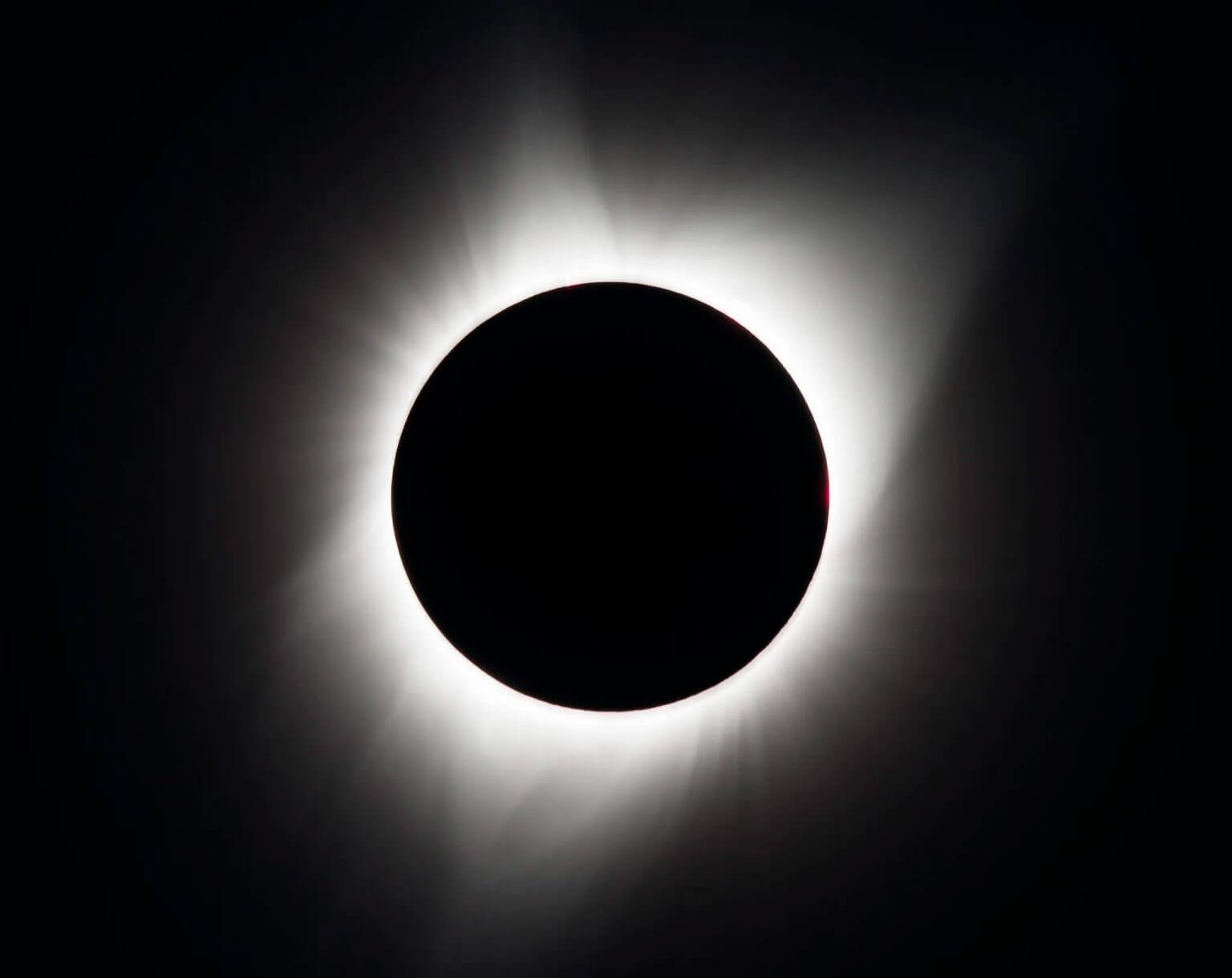
On April 8, the shadow of the moon will pass over the United States, as millions will watch a total solar eclipse. For many, the preparations for this event bring back memories of the spectacular total solar eclipse on August 21, 2017.
In 2017, approximately 215 million US adults (88% of US adults) watched the solar eclipse, either directly or electronically. They experienced the transit of the moon before the sun, blocking some or all of the bright face of our star. The eclipse in 2024 may be even more exciting due to differences in path, timing and scientific research.
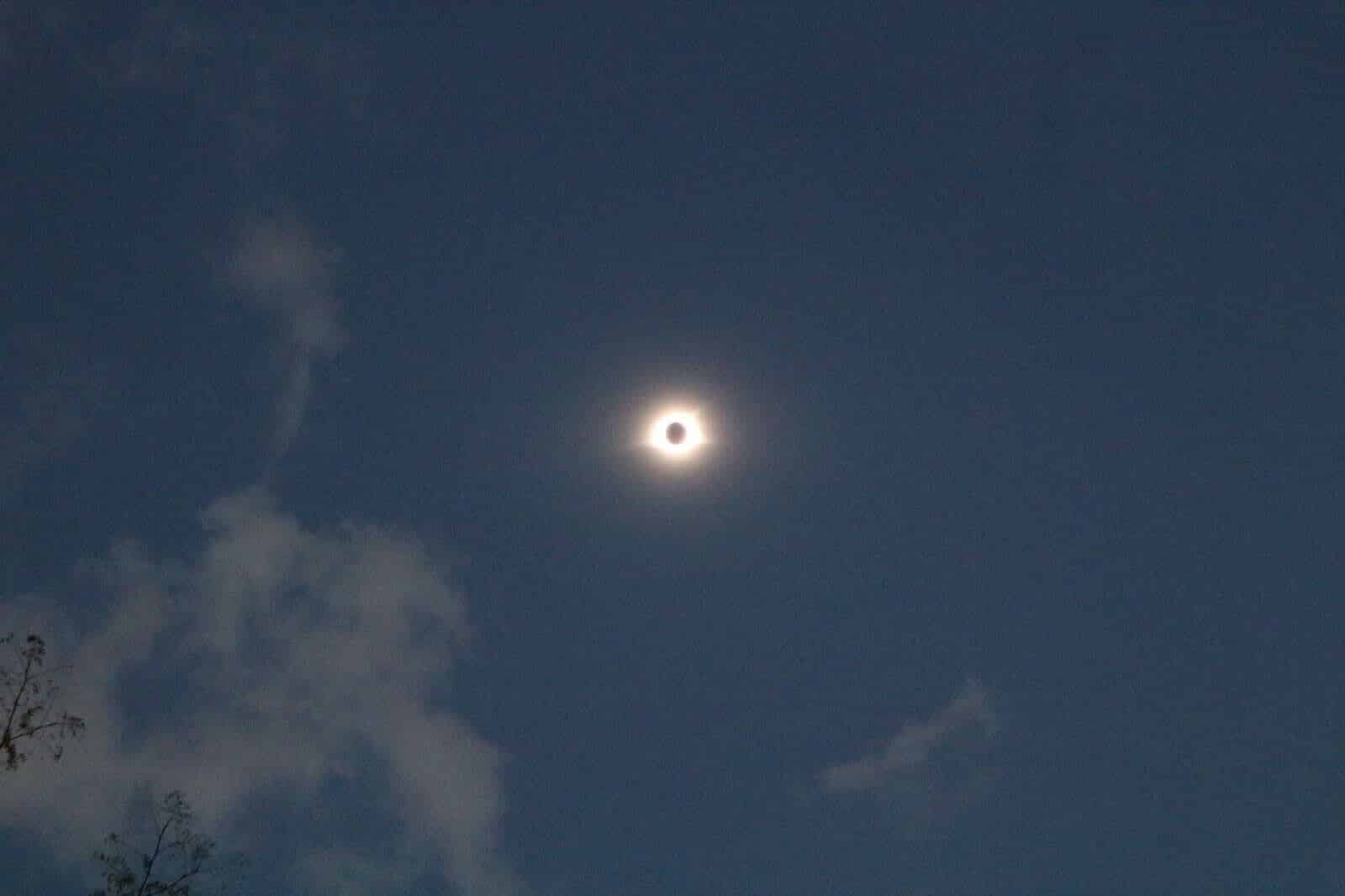
A wider and more populated lane
The total eclipse path — where viewers can see the moon completely block the sun, revealing the star's outer atmosphere, known as the corona — is much wider during the upcoming total solar eclipse than during the eclipse in 2017. As the moon orbits Earth, its distance from our planet variable. During the total solar eclipse in 2017, the Moon was slightly further from Earth than during the next total solar eclipse, making the path of the eclipse slightly narrower. In 2017, the width of the track ranges from about 100 to 114 kilometers. During the solar eclipse in April, the width of the path over North America ranges from about 174 to 196 kilometers - meaning that at any given moment, this eclipse will cover more ground.
The 2024 eclipse path will also pass over more cities and densely populated areas than the 2017 path. This will allow more people to see the full eclipse. According to estimates, 31.6 million people live this year in the path where the eclipse is expected to be total, compared to 12 million in 2017. Another 150 million people live within 200 miles of the path of totality.
You don't have to live within the path of totality to see the eclipse - in April, 99% of people living in the United States will be able to see the partial or total eclipse from where they live. Every contiguous US state plus parts of Alaska and Hawaii will experience at least a partial solar eclipse.
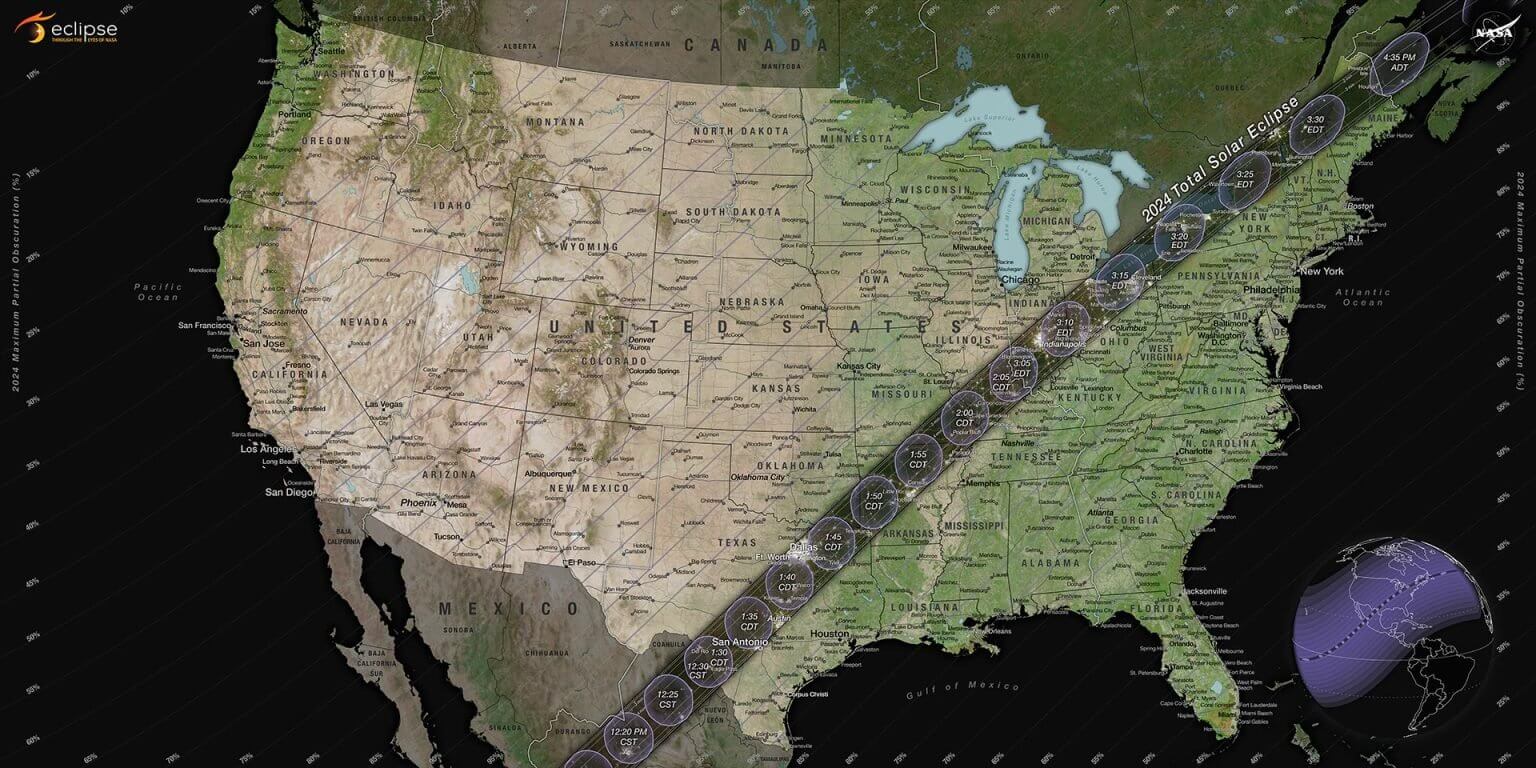
Longer time of total eclipse
In April, the total eclipse will last longer than in 2017. Seven years ago, the longest period of totality was experienced near Carbondale, Illinois, 2 minutes and 42 seconds.
For the upcoming eclipse, the total eclipse will last up to 4 minutes and 28 seconds, in an area about 25 minutes northwest of Torreon, Mexico. As the eclipse enters Texas, the eclipse will last about 4 minutes, 26 seconds in the center of the eclipse path. Periods longer than 4 minutes extend as far north as Economy, Indiana. Even when the eclipse leaves the US and enters Canada, the eclipse will last up to 3 minutes and 21 seconds.
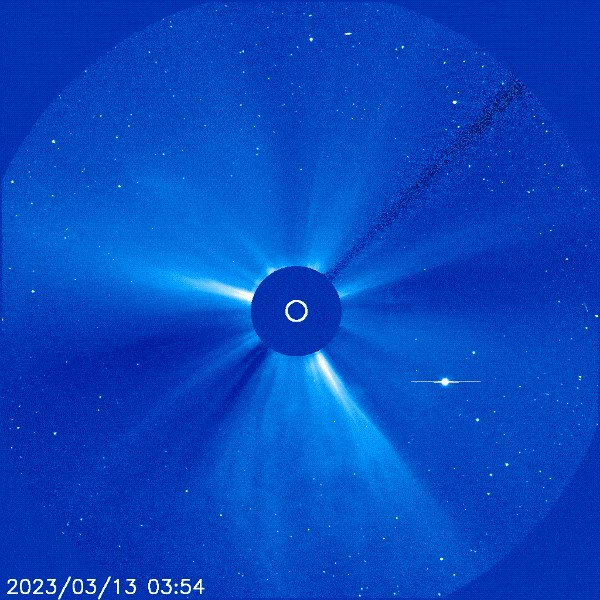
During each total solar eclipse, the duration of the total eclipse lasts longest near the center of the path, across, and decreases toward the edge. But those looking for a full eclipse need not worry about being exactly in the center. Time in general decreases quite slowly until you get close to the end.
Increased solar activity
Every 11 years or so, the Sun's magnetic field reverses, causing a cycle of increasing and then decreasing solar activity. During solar minimum, there are fewer giant eruptions from the Sun, such as solar flares and coronal mass ejections. But during solar maximum, the sun becomes more active.
In 2017, the Sun approached solar minimum. Viewers of the total eclipse could see the breathtaking corona - but because the Sun was quiet, the currents flowing into the Sun's atmosphere were limited to the equatorial regions of the star. The Sun is magnetically more symmetrical during solar minimum, which makes for a simpler view. During the 2024 solar eclipse, the corona will be inside or close to the Sun, with the magnetic field more like a tangled ball of hair. It is likely that currents will be seen along the entire circumference of the corona. In addition, viewers will have a better chance of seeing prominences - which look like bright pink curls or loops coming off the sun.
If the timing is lucky, there may even be a chance to see a coronal mass ejection – a large burst of solar material – during the eclipse.
Extended scientific research
During the total eclipse in 2024, NASA is funding several initiatives Research based on research done during the eclipse in 2017 . The projects, led by researchers from various academic institutions, will study the sun and its effect on the earth using a variety of instruments, including cameras on high-altitude research planes, radios and more. In addition to these projects, devices launched during The annular solar eclipse in 2023 About three rockets will be launched again during the upcoming total solar eclipse.
Two spacecraft designed to explore the Sun's corona - The Parker Solar Probe of NASA, the European Space Agency (ESA) and Solar Orbiter של Nas"A - They were also launched since the solar eclipse in 2017. These missions will provide insights from the corona itself, while observers on Earth see it with their own eyes, and will provide an exciting opportunity to combine and compare perspectives.
For more information on the total solar eclipse in 2024 and how you can watch it safely, visit On NASA's eclipse site.
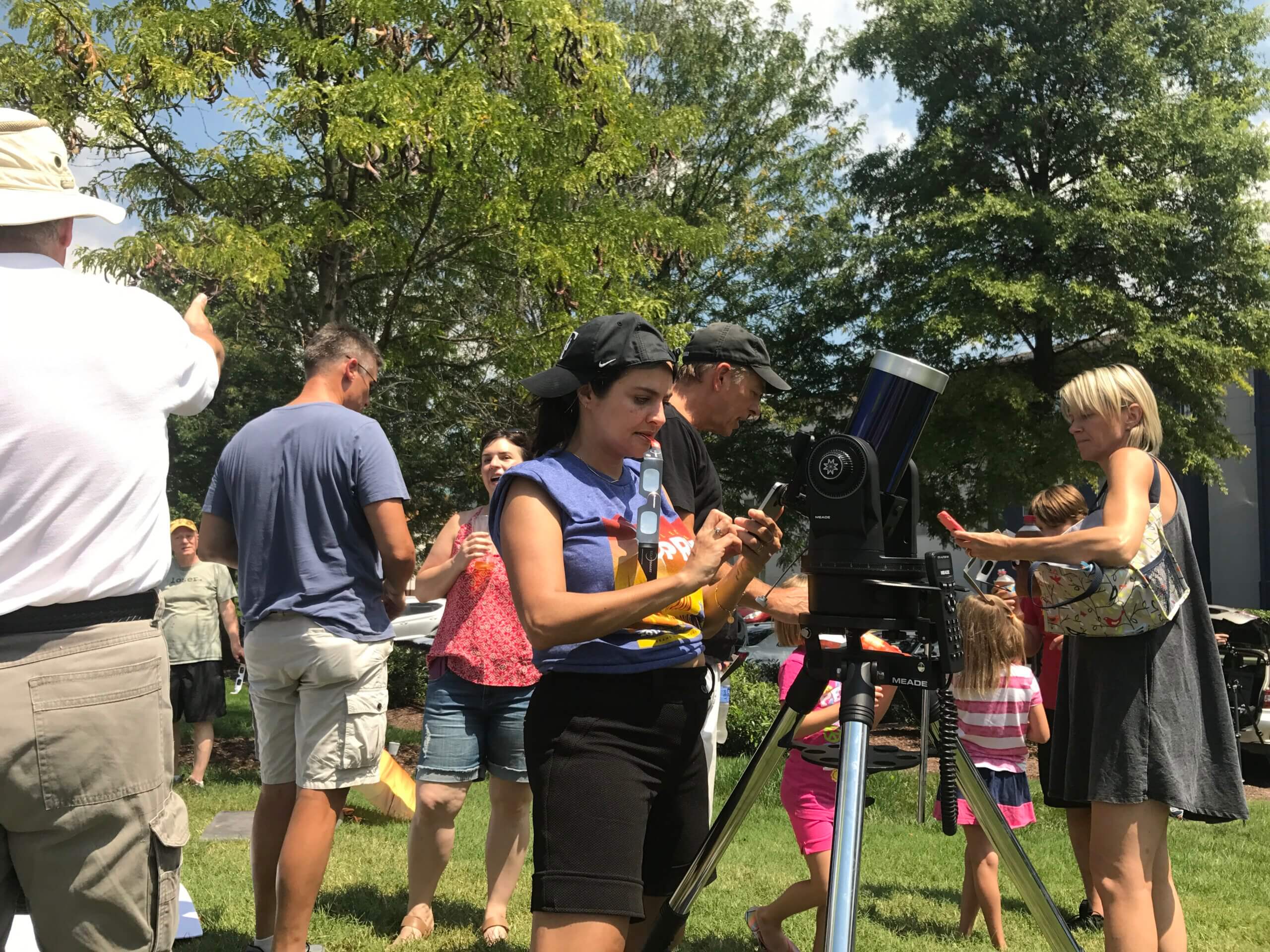
By ABBEY INTERRANTE, NASA Goddard Space Flight Center, Special thanks to Michael Zeiler for his calculations on the populations in the ecliptic path.
The analysis of viewing the total solar eclipse in 2017 was conducted by Professor John D. Miller of the University of Michigan. This research was supported by a cooperative agreement between the University of Michigan and the National Aeronautics and Space Administration (grant NNX16AC66A).
More of the topic in Hayadan:

8 תגובות
Miri
Americans saved your big ass today
shame on you
Last time there was a solar eclipse in Mexico all the tribes fell to imperialism. And what will happen this time in the episode will be seen later...
I don't care how long the route is, and all the other details are irrelevant. The only thing that is interesting is that they say that a solar eclipse is a bad sign for the gentiles and especially for the USA and all its annexes that harm Israel.
God bless and may His name be praised forever according to the Holy Zohar A solar eclipse is a bad sign for the Gentiles there is no other but it 🙏🥰♥️ Soon we will see a lot of disasters and natural disasters in the Gentile lands and may it also be in Iran and Lebanon and in all Arab countries Amen yes may it be 🙏🥰💖♥️
Also in Canada, also in Mexico millions of people are preparing to watch the eclipse.
In the city of Niagara Falls in Canada, the municipality prepared large spaces for the public with car parking.
The eclipse will be fully visible west of Toronto. In the city itself it will not be full. 99.9% of the sun will be covered.
The eclipse falls around nine in the evening Israel time.
Not a single word about Israel and whether they will even see this eclipse from the country
A solar eclipse is bad for heathens